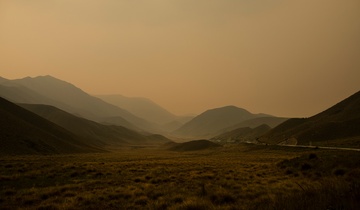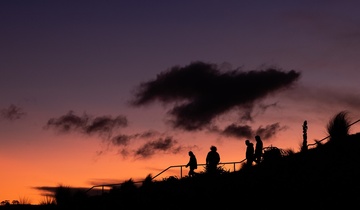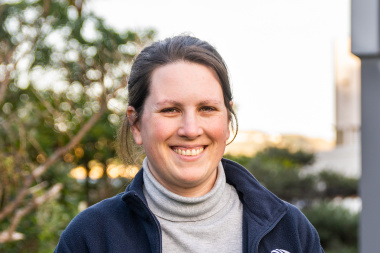"Detergent of the atmosphere"
PDF of this article (381 KB)
Annual mean OH concentrations near the earth’s surface, calculated with a chemistry-transport model. (Map: J. Lelieveld, et al. (2004). Atmospheric Chemistry and Physics 4: 2337–2344.)
Key reactions in the photo-oxidation of trace gases. (Graphic: Katja Riedel)
Katja Riedel and Keith Lassey explain how OH, the hydroxyl radical, works to cleanse the atmosphere of harmful trace gases.
What happens to the millions of tonnes of gases that nature and human kind lob into the atmosphere every year?







































